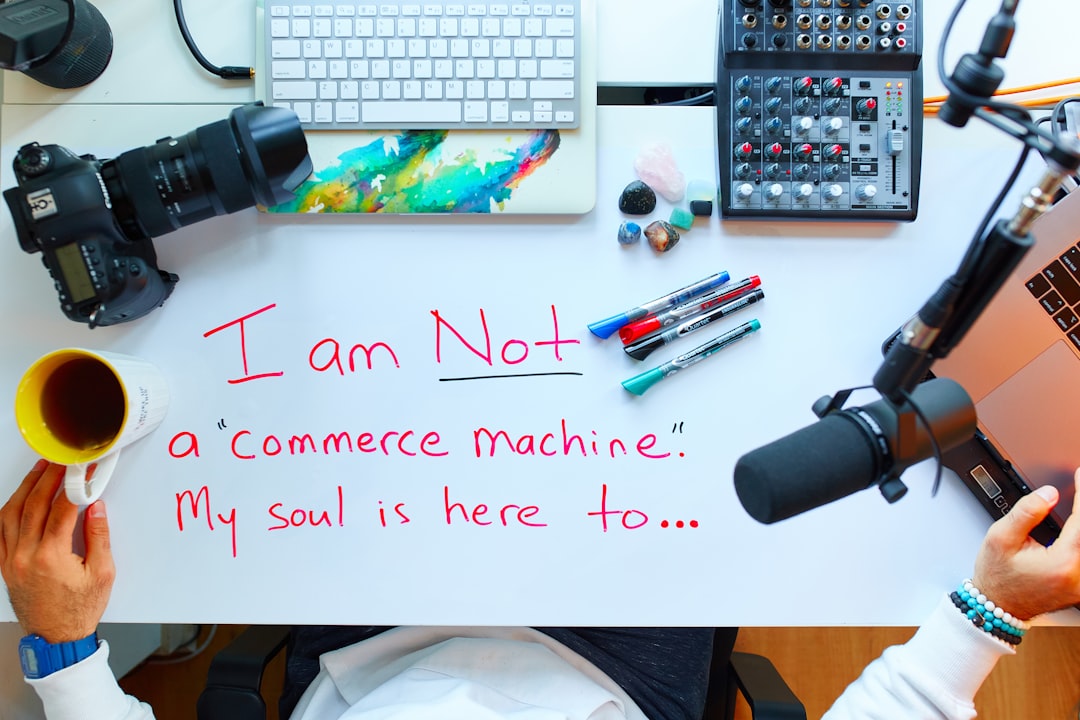It's the 'Creative' in Creative Writing That Makes it Creative.
And this is my creative way of asking for some recognition.

At the last Substack Office Hours I asked again for a category specific to Creative Nonfiction. This may be the fourth or fifth time, but this time it got some attention—not from any Substack crewmember so far, but from readers at Office Hours, a few dozen who wanted the very same thing. So I thought I’d talk again about what Creative Nonfiction is, and why, especially in these times, it needs more attention brought.
Here at Writer Everlasting, though I don’t stress it or even mention it often, my focus is on CNF. I’m here for the storytelling. We all have stories to tell, even if they’re not about us, and if we’re not creative what are we then?
This is what I said about it in a piece called “The Art of Creative Nonfiction”, October, 2021:
My own take: Creative Non-fiction appeals to the heart, to emotions, and tells a compelling story designed to make the reader feel something. There’s a passion to it. It’s usually told in First Person and is written in a conversational tone, as if you were talking to a group of friends and not standing at1 a podium delivering a speech.
The word “Creative” tells you that it’s different from ordinary non-fiction. The writer comes through as a personality and isn’t hidden from the essay. No matter what the Creative Nonfiction writer writes, a part of them shines through, and, if they do it well, the reader comes away appreciating the writer as well as the story.
CNF writers understand that no matter what they write they have to be in there. It doesn’t have to be about them, it only has to reflect their personality. Whether it’s activism or humor or reminiscences or first world problems, the reader will know it all comes from the feelings of that particular writer.
And in another piece last March, a Q&A called, “CNF Writers: Who are We Writing For?”, I said this of writers like E. B White, Erma Bombeck,
and:When things get tough for us as a society, historically the ‘easy’ writers have been there to comfort us. When the time is right they give us distracting doses of gentle thoughts to get us through the worst of it.
Or maybe they do it to get themselves through the worst of it.
They’ve always been there but how important are they now?
The responses at both of those pieces were heartening. It told me there is a place for our kind of nonfiction.
I should add, CNF doesn’t have to be syrupy or even sweet. It can just as effectively be direct or even harsh. It’s that word ‘creative’ that connects us. CNF writers don’t report, they tell stories.
But I don’t have to do a sell job on creative writing—it’s not as if it’s not already big in academia and everywhere else. Poets and Writers has a database of schools offering graduate Creative Writing programs and it’s hundreds of entries long.
It seems it’s just Substack that isn’t aware. So can you help me get through to them, please? Can you shout this out to
and and anyone else who makes these decisions and ask them to please add a category on Creative Writing? (I would settle for just ‘Writing’.)That might take care of their stunning omission of poetry, as well.
I mean, they have one for Crypto but not for writing. Seriously…
(Obligatory brown-nosing: I love you guys at Substack, I really, really do. If this sounds like complaining, it’s only because I care. You’ve given me a home here and you know how it is in our homes: something is always ticking us off even though there’s no place like home. It’s like that. Thank you very much. 💕)
In the original post I wrote ‘standing ON a podium’, which of course would look ridiculous.



I am pretty embarrassed to admit I never really knew what kind of writing I do (in part because it took decades to say I was writing) so I am thrilled to be able to now say I like to write Creative Nonfiction. Thank you Ramona! Even your description of it is going to make me a better writer as I keep it front of mind (that, and the class I need to take🤣 to get some skills).
I agree there needs to be CF category and am astounded they don’t have poetry!
I am one of those who found your writing through that office hours. Before you said something, I hadn’t even seen the omission (and no poetry category, wow). Now I can’t unsee it.
But I think we’ll get there. Thanks for highlighting the issue and those of us who want to be in our stories.